- Products
- QSense
- QCM-D Instruments
- QSense Initiator
QCM-D
QSense Initiator
Get started with QCM-D technology using QSense Initiator. The instrument features core functions and produces high quality data allowing you to investigate molecular interactions at surfaces and interfaces in real-time.
phenomena
-
Adsorption
-
Desorption
-
Binding and interactions
-
Swelling
-
De-swelling, crosslinking and collapse
-
Degradation, corrosion and etching
/Q-Sense/Product_images/Q-Sense_Initiator-lightgrey-903122-edited-1.jpeg?width=1600&name=Q-Sense_Initiator-lightgrey-903122-edited-1.jpeg)
Get started with QCM-D
Key features
-
2-harmonic QCM-D with QSense Decay technology
Measure mass and thickness and get additional qualitative data on viscoelastic properties -
Simplified system
Easy to set-up and get started with QCM-D -
Broadest offer of sensor surfaces and coatings
Set up model systems that are as close as possible to real-world conditions
QSOFT SOFTWARE
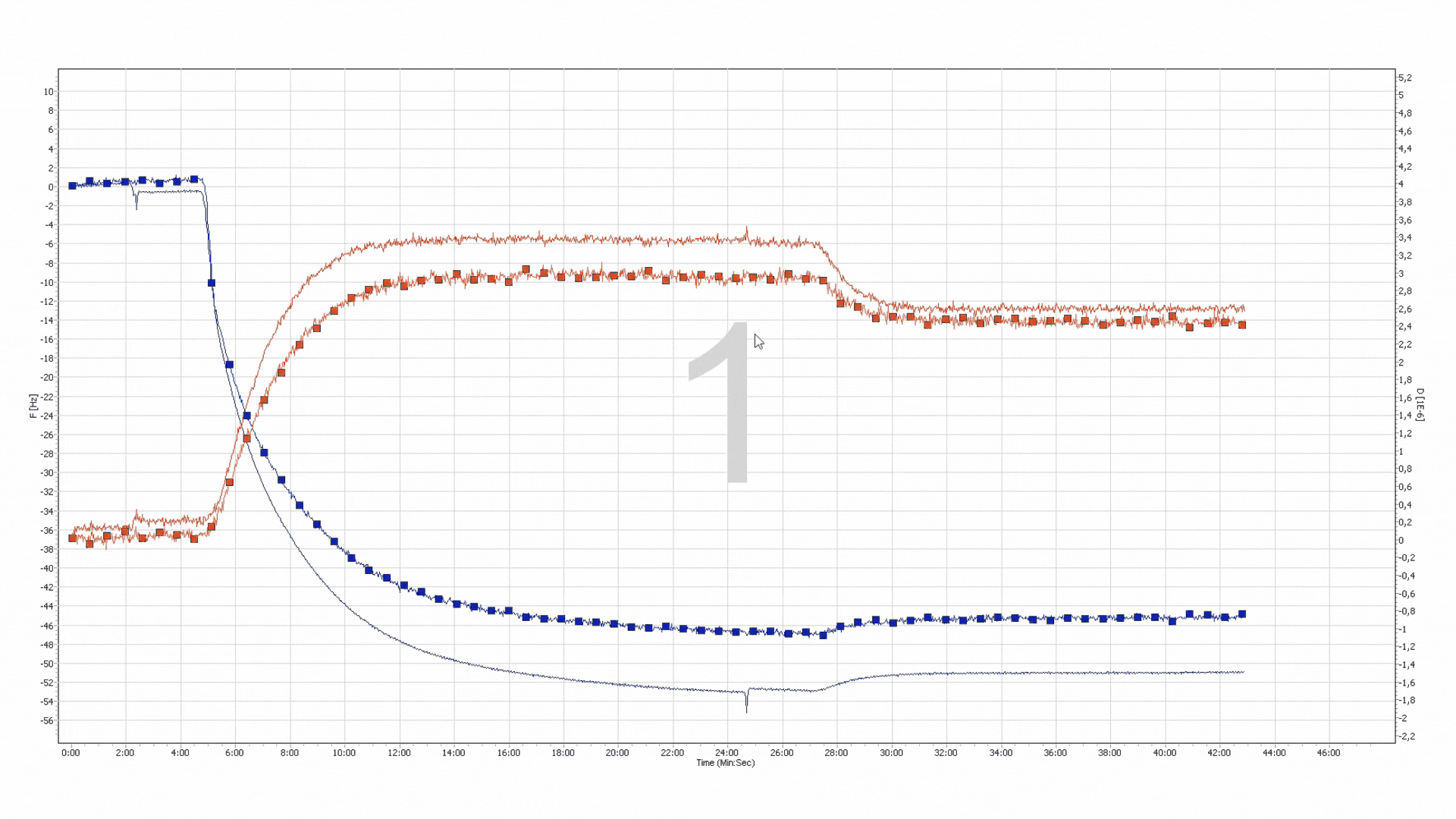
The QSense software is crafted to optimize your utilization of QCM-D measurements. QSoft serves as the tool that gathers and presents your data seamlessly.
measurement conditions
-
Flow mode
-
Stagnant mode
-
Liquid phase
Measurement range and capacity
| Measurement channels | 1 |
| Working temperature | 20 to 45 °C |
| Sensors (frequency range) | 5 MHz (1-72) |
| Number of measured harmonics |
2 |
Sample and fluidics
| Minimum sample volume, stagnant mode | ~ 40 μl |
| Minimum sample volume, flow mode | ~ 200 μl |
| Flow rates | 25-150 μl/min applicable for QSense setup (Peristaltic pump settable to 0-1 ml/min) |
Performance characteristics
| Maximum time resolution | 4 datapoints per second (each datapoint represents an f and D value) |
| LOD (3 x noise) | - |
| Sensitivity/limit of detection and noise | See the graph below |
| Minimum noise | - |
| Long-term stability* | Frequency: < 1 Hz/h Dissipation: < 0.15∙10-6 Temperature: < 0.02˚C/h |
* The temperature stability depends on variations in how the ambient affects the warming or cooling of the chamber. The specified temperature stability may not be reached if the room temperature changes more than ± 1° C, if there is a draft or a heat source nearby. All specifications are subject to change without notice.
QSoft software
The software for QSense is designed for you to make the most of your QCM-D measurements. QSoft is the software collecting your data and presenting it to you.
Computer requirements
Required
- PC with 64-bit Windows 7 SP1, 8, 8.1 or 10
- At least 1366×768 px screen resolution
- At least 4 GB RAM
Recommended
- 1920×1080 Full HD screen resolution.
- At least 8 GB RAM
- At least 50 GB HD space
- Core i5 5th generation Intel (or comparable) processor or better
Simplify your work
Our accessories can simplify the work in the lab for you.
Installation Kit
Contains parts to operate the QSense® instruments: sensor cleaning holder, sensor cleaning solution, tweezers, screwdriver for the Standard Flow Module, beakers and tubing cutter.
What others say
Our instruments are present at many prestigious universities and research facilities worldwide. Take a minute to find out what others say about QSense.

Malkiat Johal on QSense
"I have found QSense to be one of the best techniques for an undergraduate lab because it’s turnkey and it requires very little maintenance."

Malkiat Johal, Professor of Chemistry, Pomona College
"The operating principles are straightforward and the students can focus on the science. And so, that’s something that we have been really happy with, it really works in this kind of setting. It’s an ideal method for an undergraduate surface science lab."

Jodie Lutkenhaus on QSense
"We can monitor the mass change of our system in real-time. I can tell you that for every electron moved, this amount of mass changed. That’s powerful. You can’t really get that with any other system."

Jodie Lutkenhaus, Associate Professor, Texas A&M University
"We use the QSense high temperature model that allows us to investigate polyelectrolyte complexes and their response to temperature. We’re also using the electrochemistry module so we can run our standard electrochemical measurements at the same time as we run the QCM-D."

Kenichi Sakai on QSense
"We regard QCM-D as a valuable measuring tool due to its high sensitivity and stability and find it applicable for versatile studies because of its availabilities of sensors with different types of surfaces. In this context I would say QCM-D is the best suitable solution for simulating a variety of nanoscale interaction behaviors both real-time & in-situ.

Kenichi Sakai, Associate Professor, Tokyo University of Science
"We are working on academic research in the field of colloid and interface chemistry and our main work is synthesis of novel surfactants and characterization of their properties. We use QCM-D as a must-tool to comprehend molecular adsorption/desorption behaviors specifically observed at a solid-liquid interface."

Marité Cárdenas on QSense
"QSense instruments are a great tool for our biophysical research. They enable rapid screening for biomolecular interaction at lipid bilayers and also allow optimising the parameters for deposition of thin films."

Professor Dr. Marité Cárdenas, Health and Society, Malmö University
"The instrument is easy to use, and has a long working life as long as you follow the maintenance instructions! The technical staff at Biolin Scientific are a pleasure to work with: They are nice and always give quick feedback and support."
Learn more
We have gathered all our in-depth knowledge associated with QSense Initiator. Browse around amongst guides, overviews and white papers to find a topic of interest.
- QSense
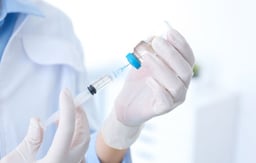
How Excipients, Surfaces and Formulation Conditions Affect Therapeutic Proteins
- QSense

Basics of QCM-D
- QSense
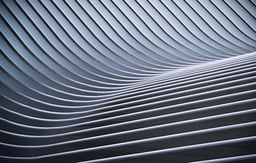
How to Optimize the QCM-D Baseline Stability
- QSense
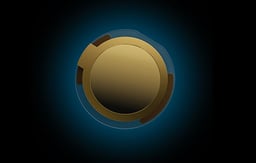
The Working Principles of QCM and QCM-D
- QSense
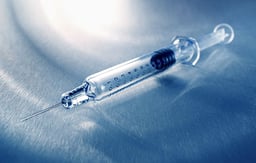
QCM-D in Drug Formulation and Storage
- QSense

QCM-D vs SPR
- QSense
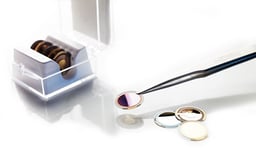
QCM-D vs other QCMs
- QSense
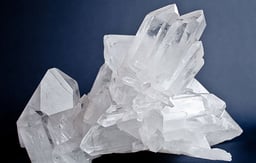
What is Piezoelectricity?
- QSense

How QCM Results are Influenced by Layer Distribution
- QSense

Why the Resonance Frequency of a QCM Sensor is 5MHz
- QSense
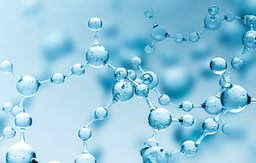
Characterization of Polymer-based Systems
- QSense
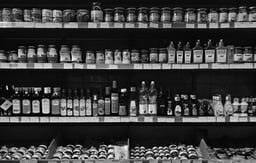
Using QCM-D in the Food Industry
- QSense
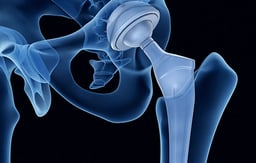
What is Biocompatibility?
- QSense
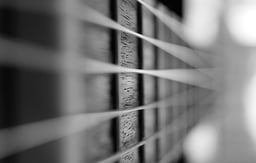
Why it is Useful to use Multiple Overtones in QCM Measurements?
- QSense
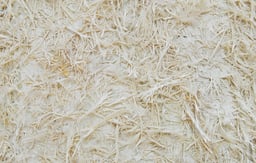
Nanocellulose Research with QCM-D
- QSense
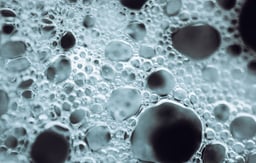
Analysis of Surfactant-Surface Interactions with QSense
- QSense
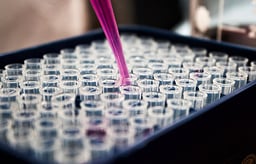
QCM-D as a Screening Tool for Protein Adsorption
- QSense
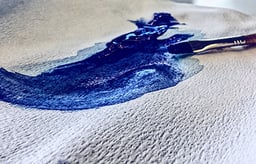
Analyzing Vapor Uptake and Release with QCM-D
- QSense
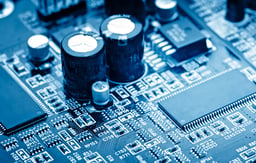
Surface Science – a Field Rich in Science and Applications
- QSense
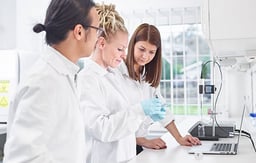
QCM-D Data Analysis
- QSense
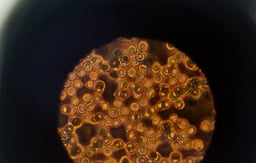
QCM-D as a Tool to Study the Binding of Viruses
- QSense
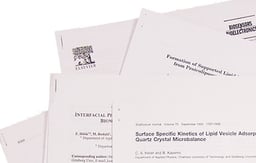
Key Publications on the Formation of Supported Lipid Bilayers
- QSense
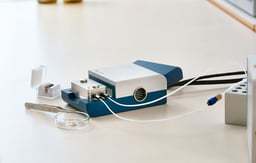
Characterization of Surfaces and Surface Reactions in Energy Storage
- QSense
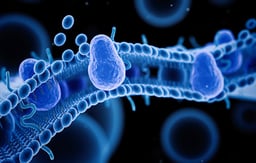
Development of a New Method for the Formation of SLBs on Solid Support using QSense QCM-D
- QSense
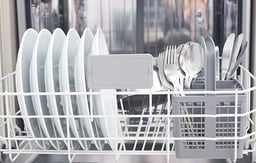
QSense Etching Guide
- QSense
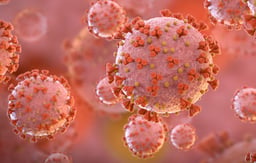
QCM-D Characterization of Antimicrobial Lipid Interactions with Supported Lipid Bilayers: Towards Antiviral Applications in the Biomedical and Agricultural Sectors
- QSense

Monitoring of Polyelectrolyte Multilayer Build-up and Crosslinking using QCM-D
- QSense
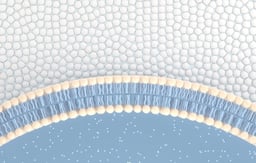
Biomembrane Models and Interactions Therein
- QSense

Screening Nanoparticle - Protein Interactions
- QSense

The Sauerbrey Relation
- QSense
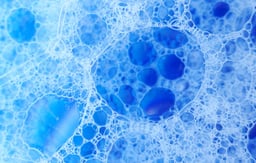
QSense Cleaning Profile
- QSense
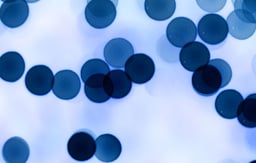
QCM-D Studies of Engineered Nanoparticles
- QSense
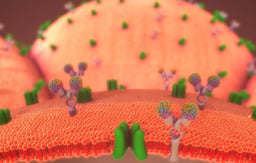
Analytical Methods to Characterize Lipid-based Systems
- QSense
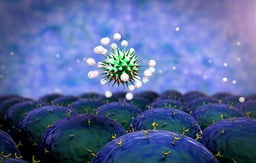
Characterization of Biomolecular Interactions
- QSense
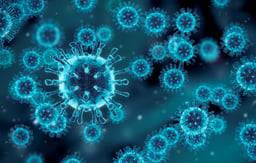
QCM-D Analysis in Virus-related Research
- QSense
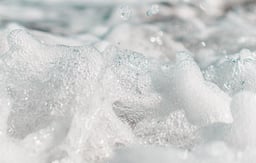
Determining Cleansing Efficacy of Elfan AT 84 using a QCM-D Assay
- QSense

Analyze Surface-induced Complement Activation
- QSense
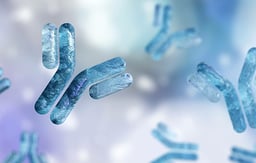
Adsorption and Aggregation of Monoclonal Antibodies at Silicone Oil-Water Interfaces
- QSense
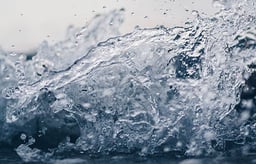
Characterization of Polymer Layer Swelling, Crosslinking and Collapse
- QSense

Analyzing Cleaning of Hard Surfaces with QSense
- QSense
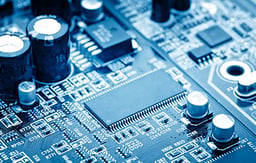
QSense Analysis in CMP
- QSense
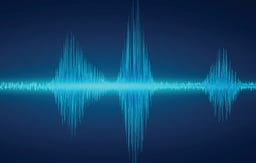
The Dissipation Factor in QCM-D Technology
- QSense
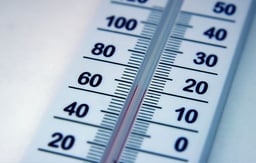
Temperature Stability in QCM Measurements
- QSense
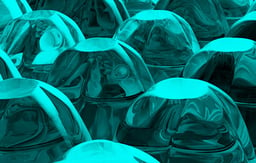
What is Dissipation?
- QSense
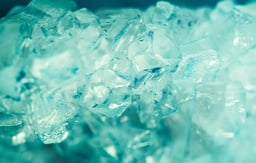
What is a Viscoelastic material?
- QSense
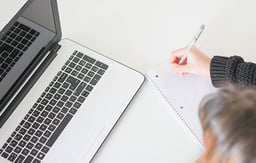
How to Generate Quality QCM-D Data
- QSense

QCM-D vs other QCMs
- QSense
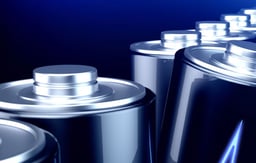
QCM-D Publications in Battery Research
- QSense
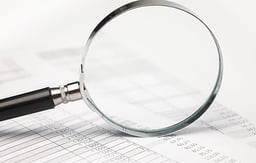
How to read a QCM Specification
- QSense
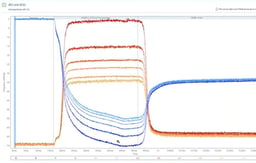
Dfind Basic Training Course
- QSense
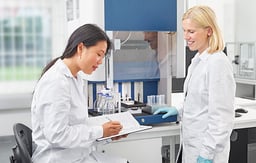
Information Obtained with QSense QCM-D
- QSense
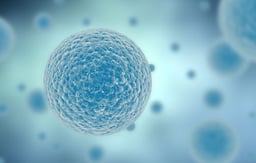
How to Characterize Lipid-Based Systems with QCM-D
- QSense

QCM-D in Research
- QSense
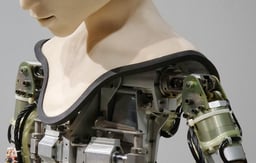

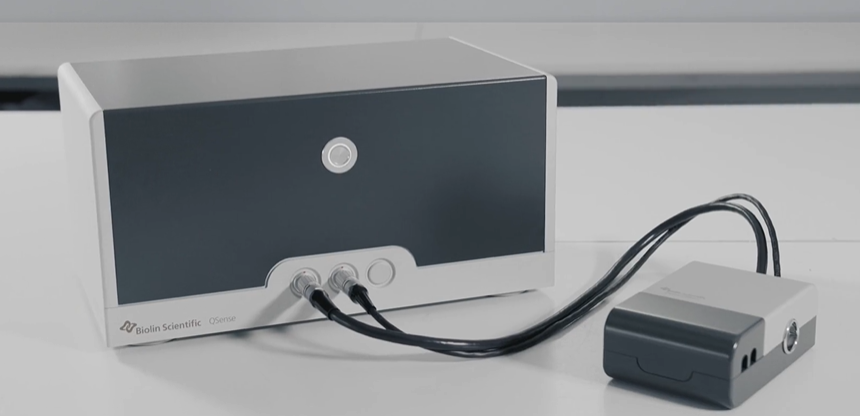




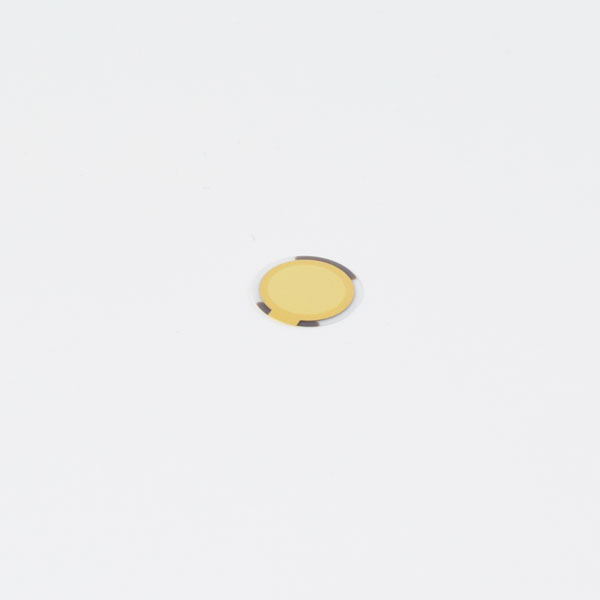


/Q-Sense/q-sensors_end-of-the-year_sale_200x280.jpg?width=600&name=q-sensors_end-of-the-year_sale_200x280.jpg)